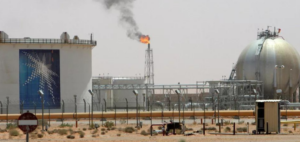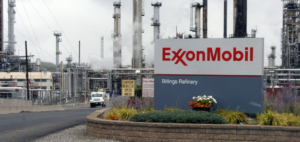The number of active oil and gas platforms in the United States has fallen to 590, the lowest level since January 2022, according to the latest report from Baker Hughes. This marks the second consecutive week of decline, with a total reduction of four platforms. This trend reflects a 14% drop compared to the same period last year, a reduction of 97 platforms in one year. The decline was mainly due to a decrease in the number of oil rigs, which fell by four to 488, while the number of gas rigs remained unchanged at 98, its lowest level since October 2021. Texas, home to almost half of the country’s active rigs, saw its total number of rigs fall by two to 285, a level also unseen since January 2022.
Contributing factors
The decline in the number of platforms in 2023, estimated at around 20%, contrasts sharply with the increases of 33% in 2022 and 67% in 2021. Several factors explain this trend, including falling oil and gas prices, rising labor and equipment costs due to inflation, and a shift in corporate focus from increasing production to paying down debt and maximizing returns to shareholders. US oil futures rose by around 10% in 2024 after an 11% drop in 2023, while gas futures rose by around 15% after a 44% drop the previous year. This rise in prices should encourage drillers to increase US crude production from 12.9 million barrels per day (bpd) in 2023 to 13.2 million bpd in 2024 and 13.7 million bpd in 2025, according to forecasts by the Energy Information Administration (EIA).
Outlook and projections
Despite the recent rise in gas futures, many producers cut back on drilling activity at the start of the year after prices hit record lows in February and March. This reduction in drilling activity should lead to a drop in US gas production to 102.1 billion cubic feet per day (bcfd) in 2024, from a record 103.8 bcfd in 2023, according to EIA forecasts. The combination of these economic and strategic factors has a profound influence on the American energy landscape. Companies have to navigate an environment of fluctuating prices and inflationary pressures, while balancing shareholder expectations and operational requirements. In summary, the current challenges facing the US energy sector illustrate a complex period of transition, marked by significant strategic adjustments and heightened vigilance in the face of global market fluctuations.






















